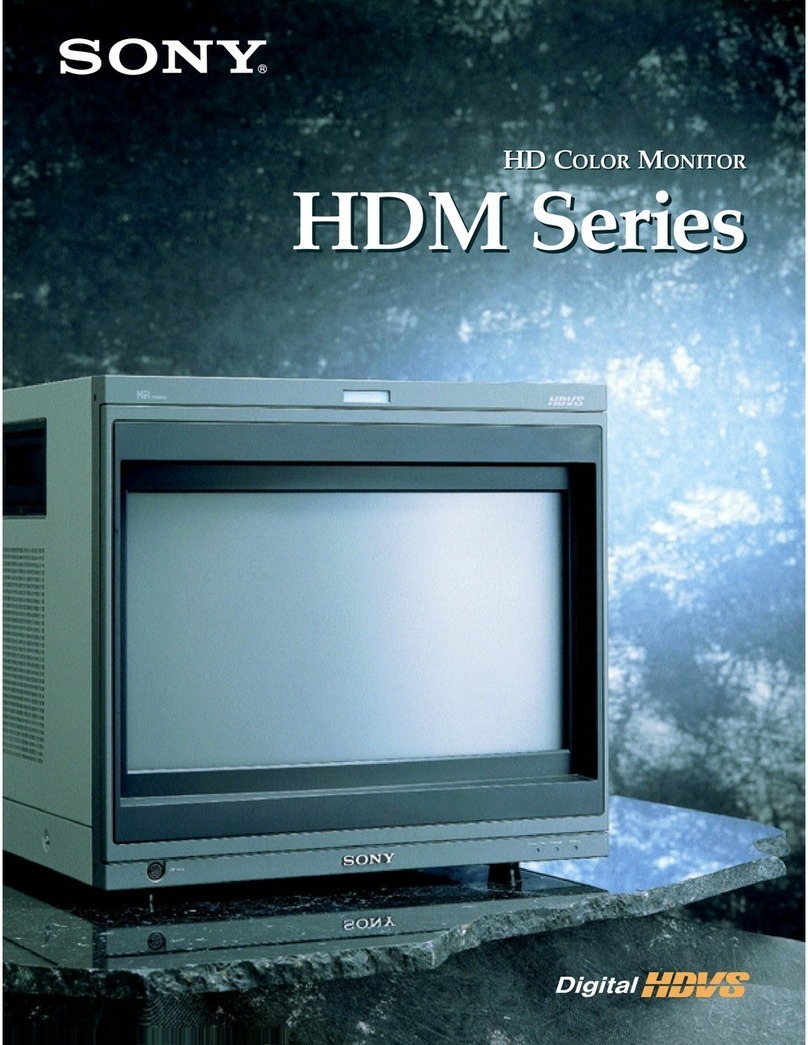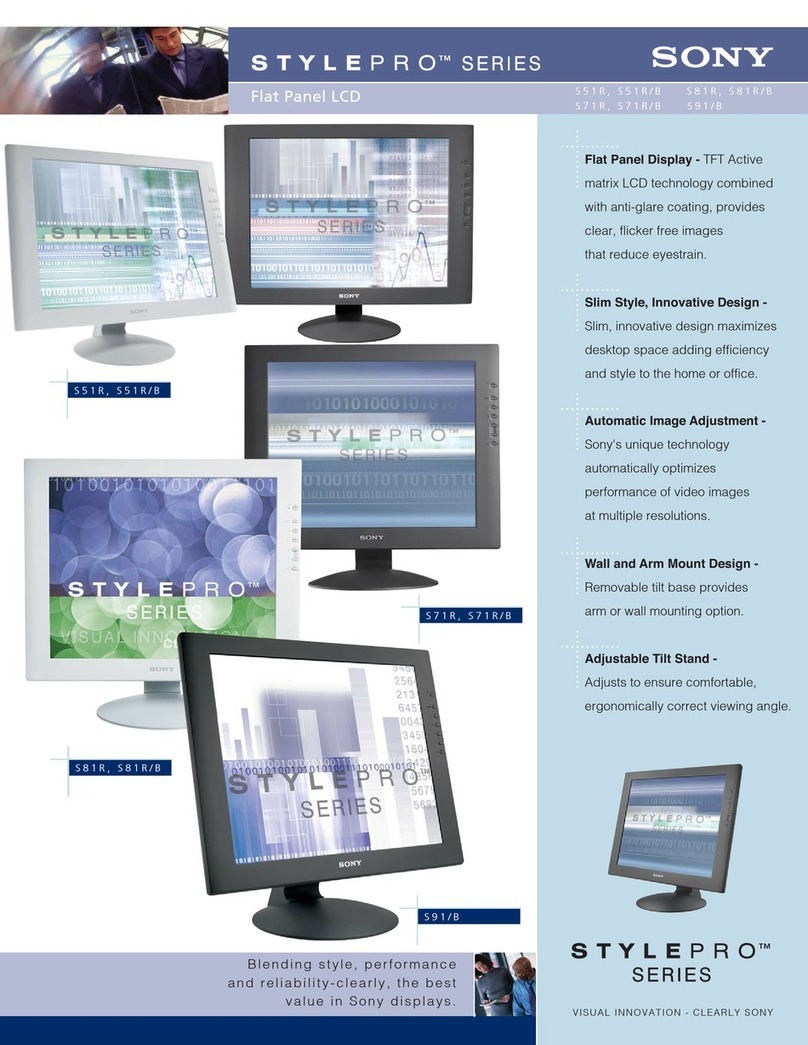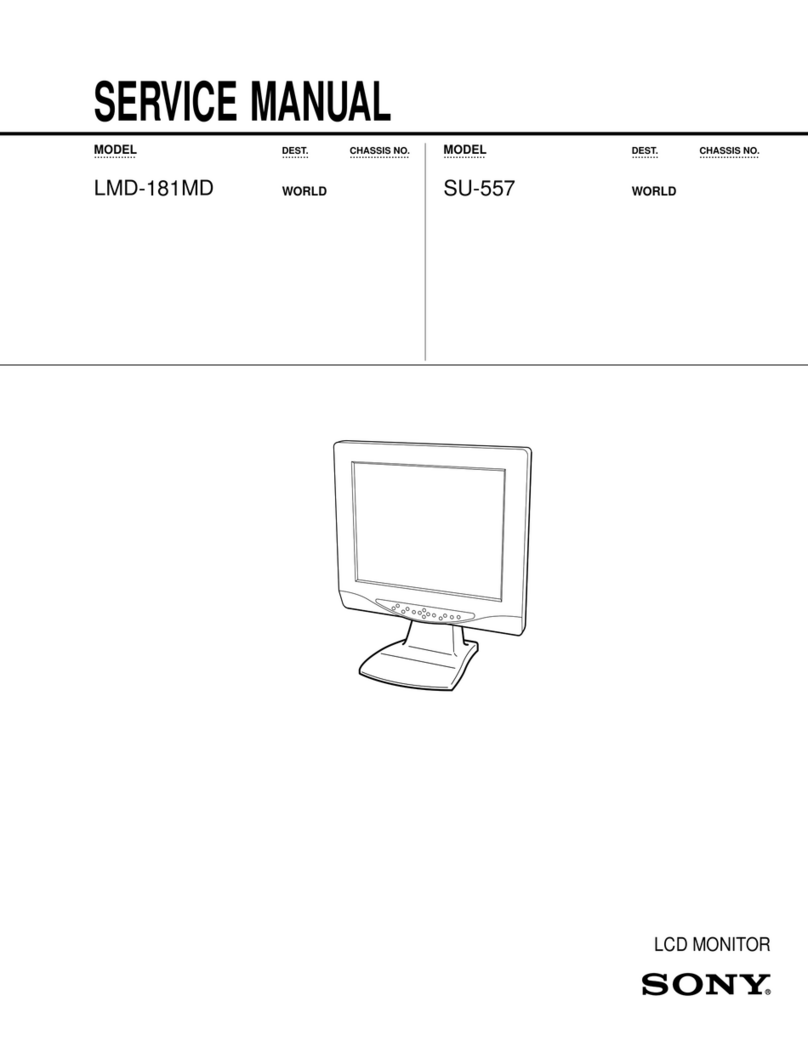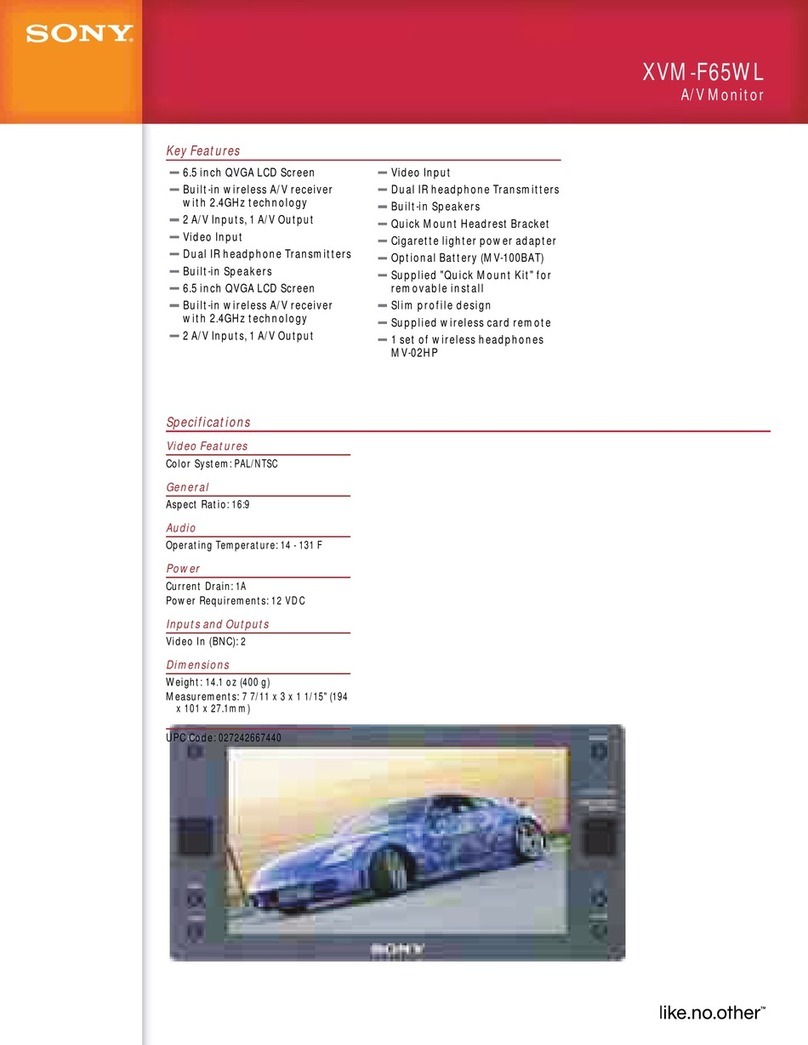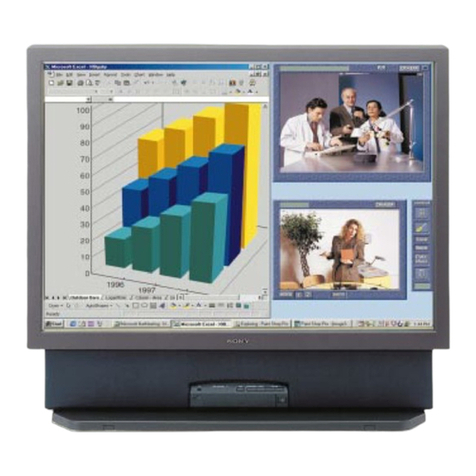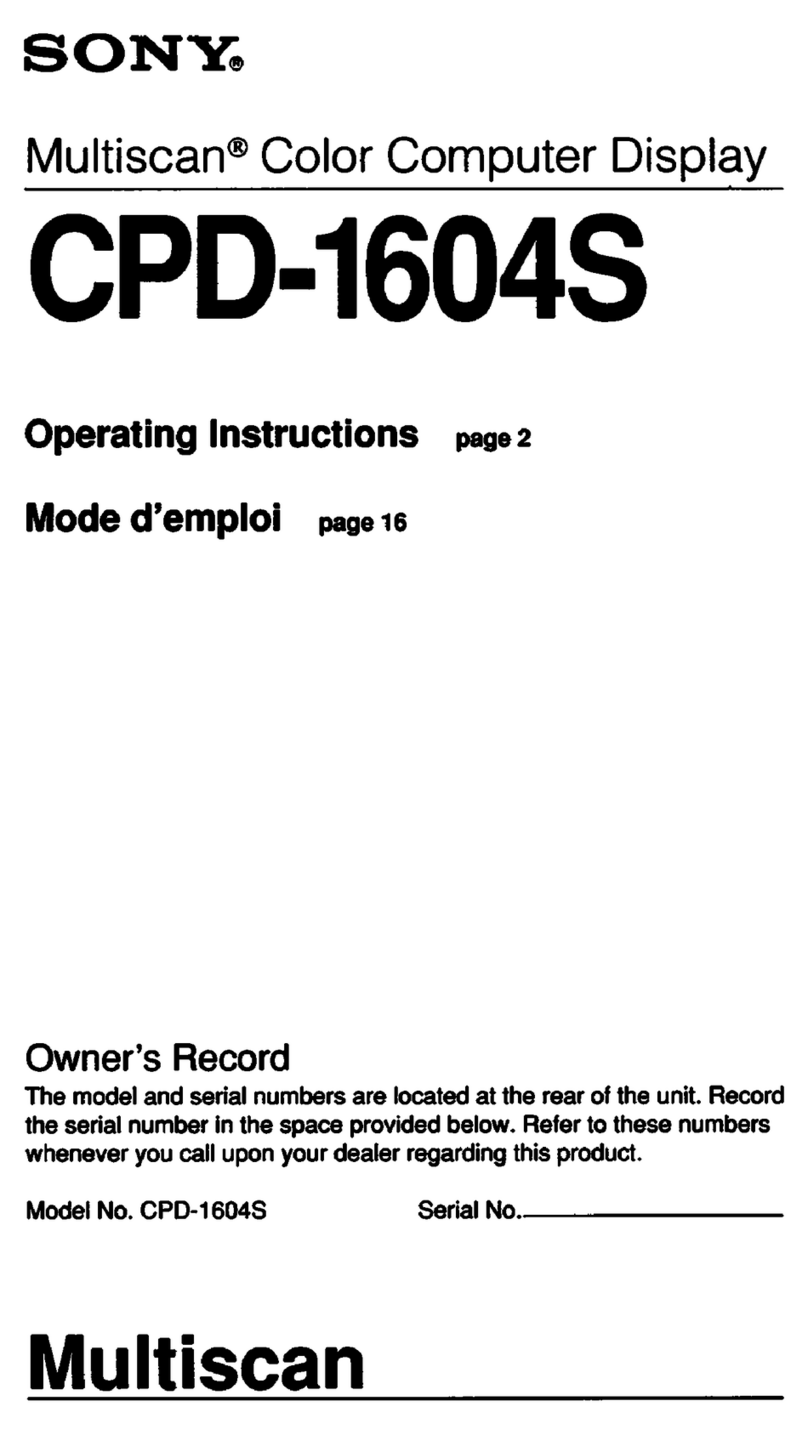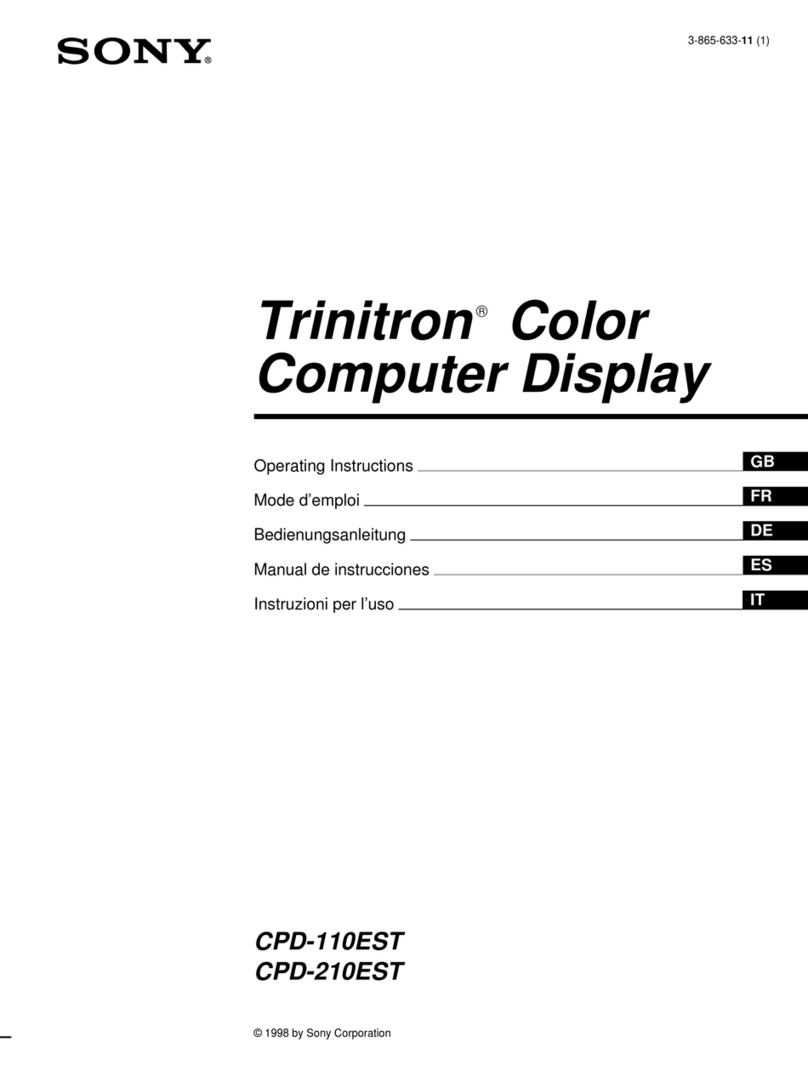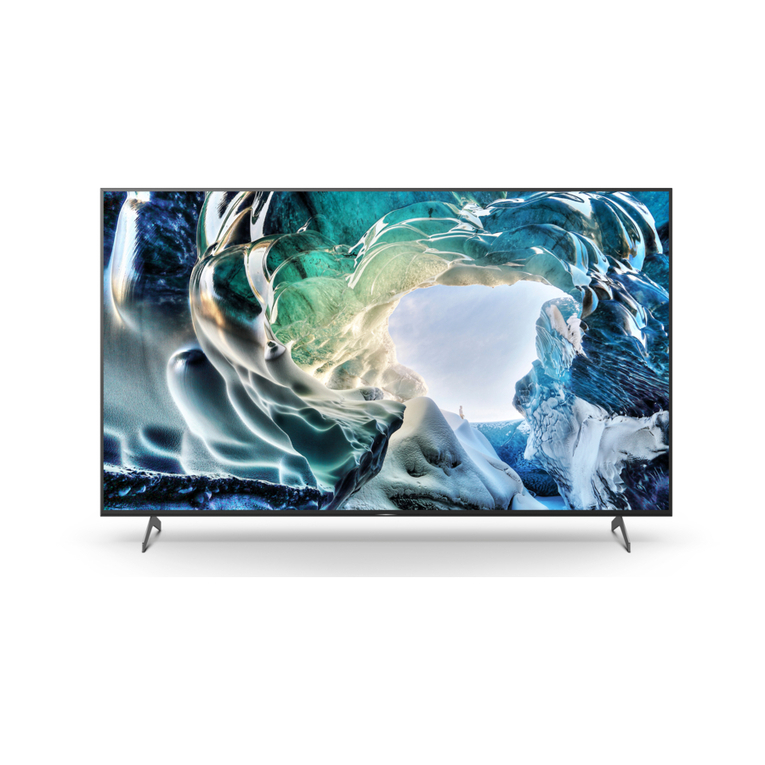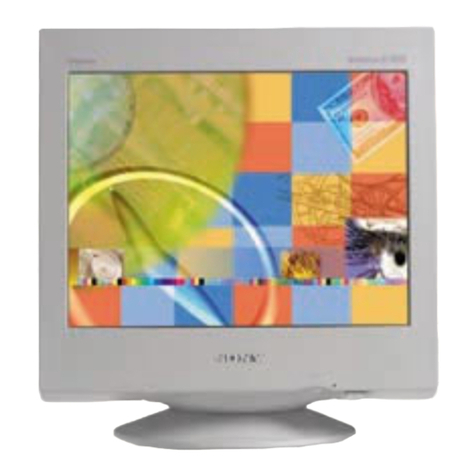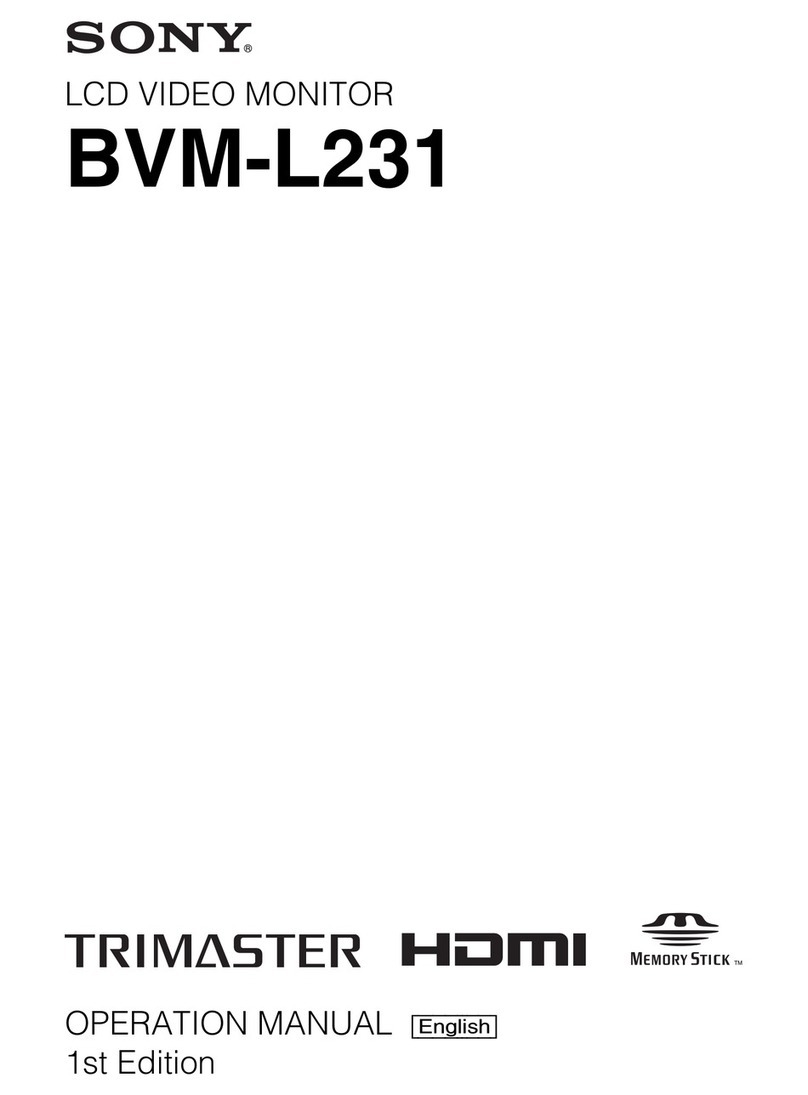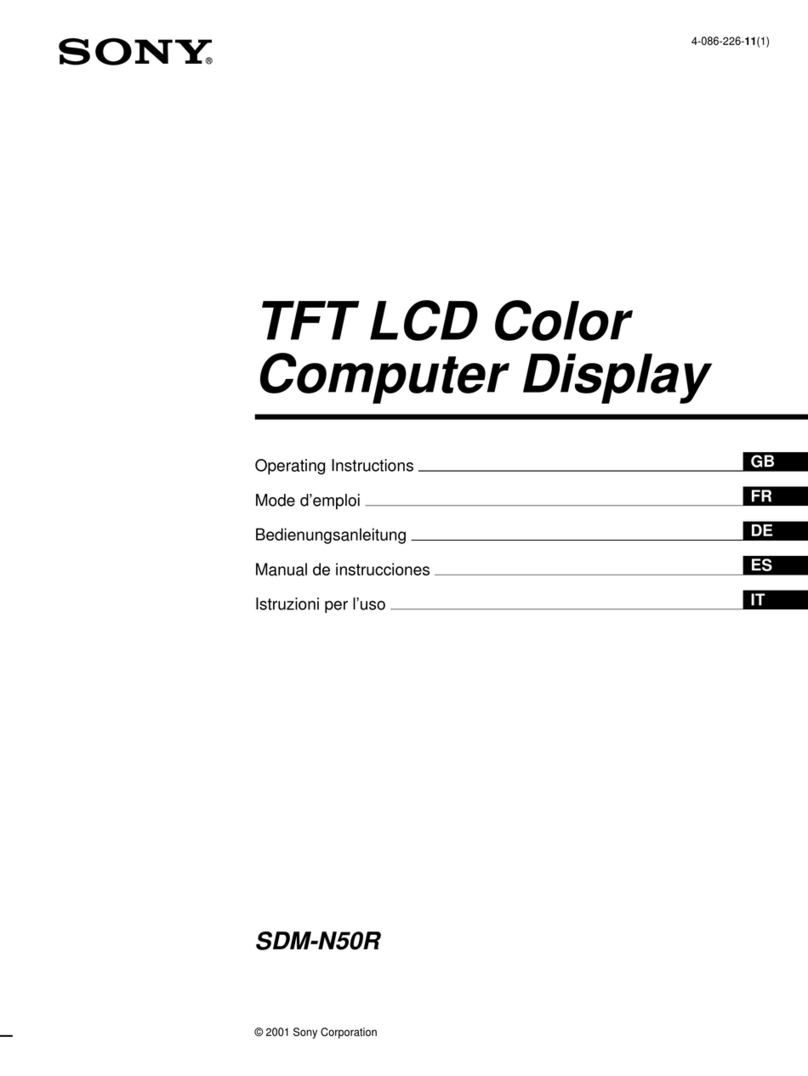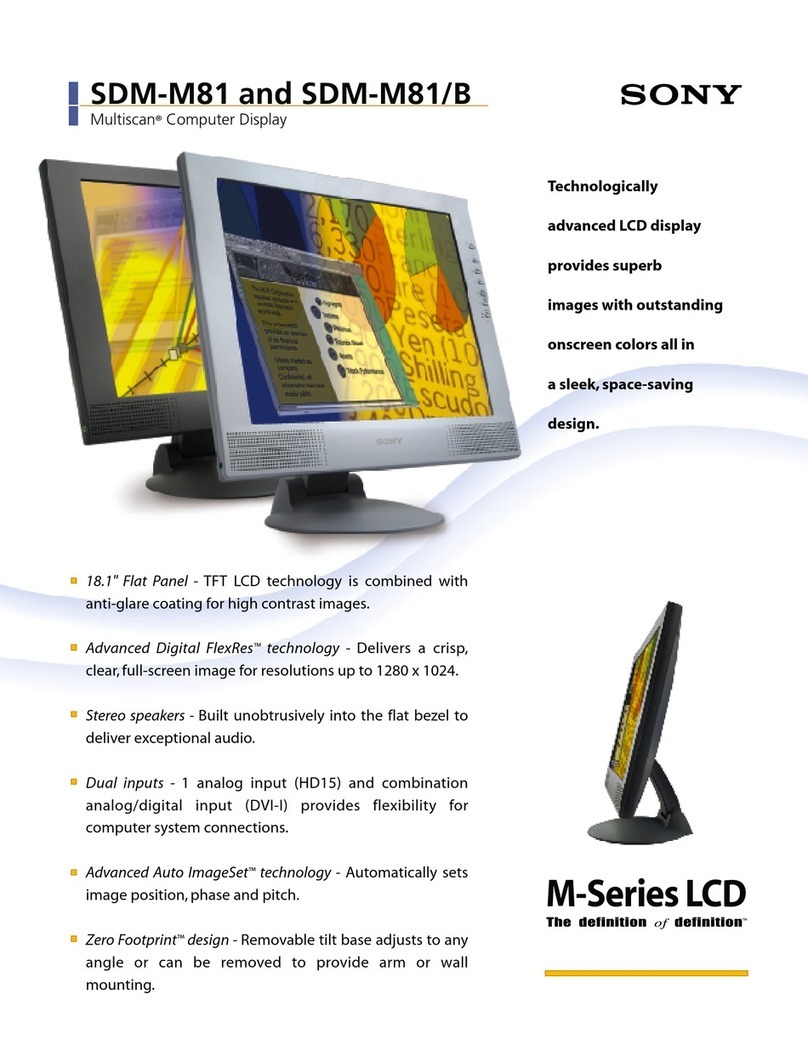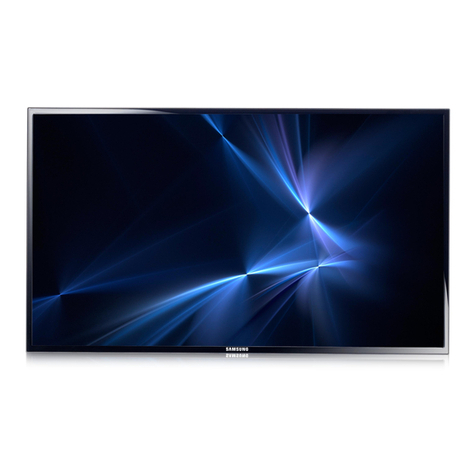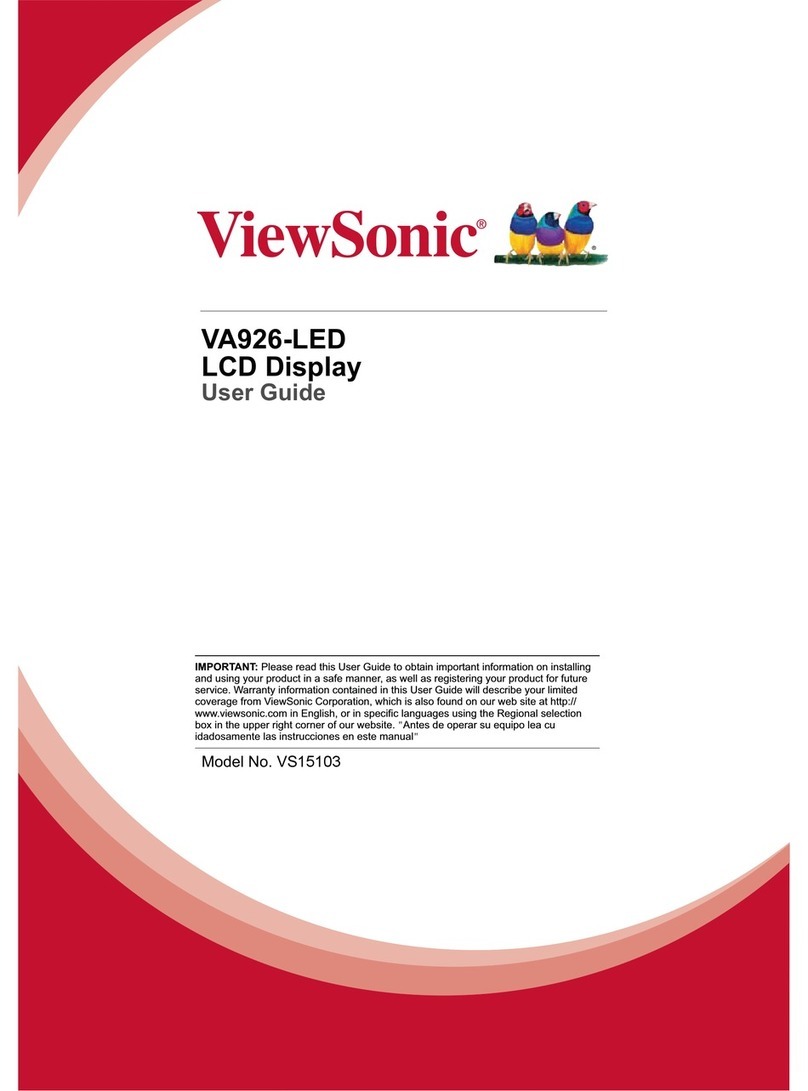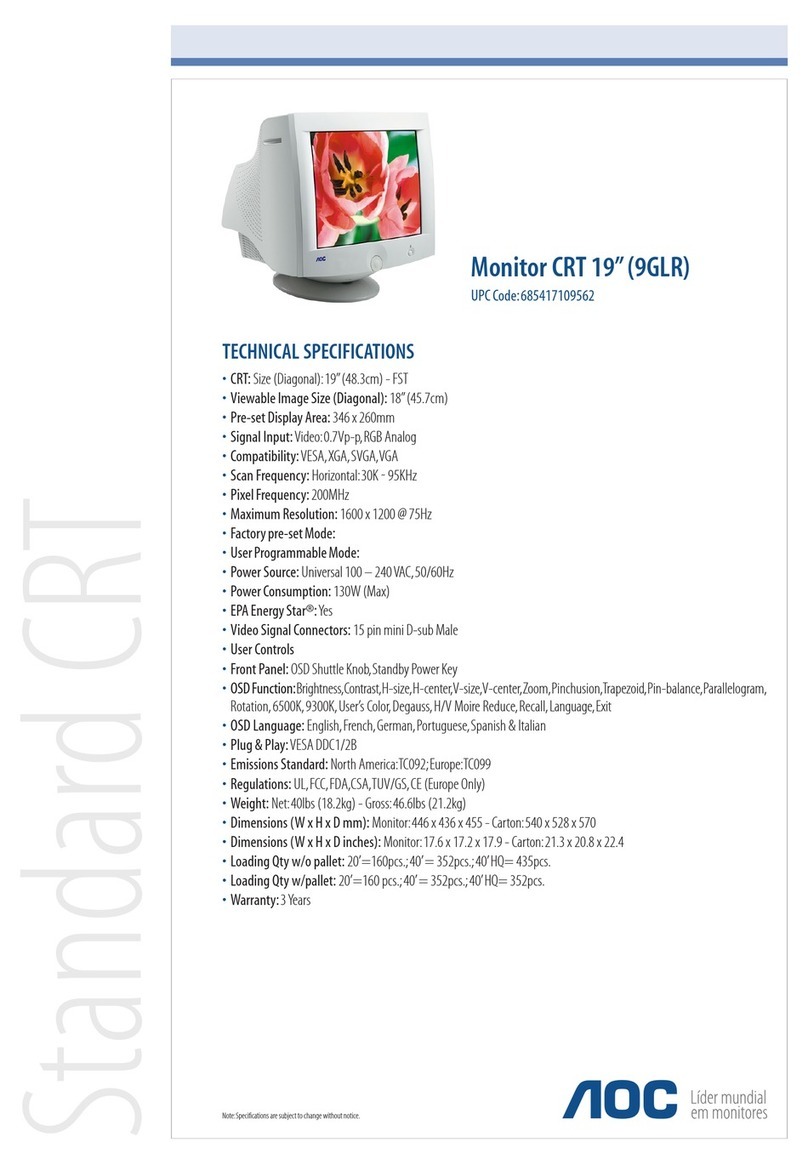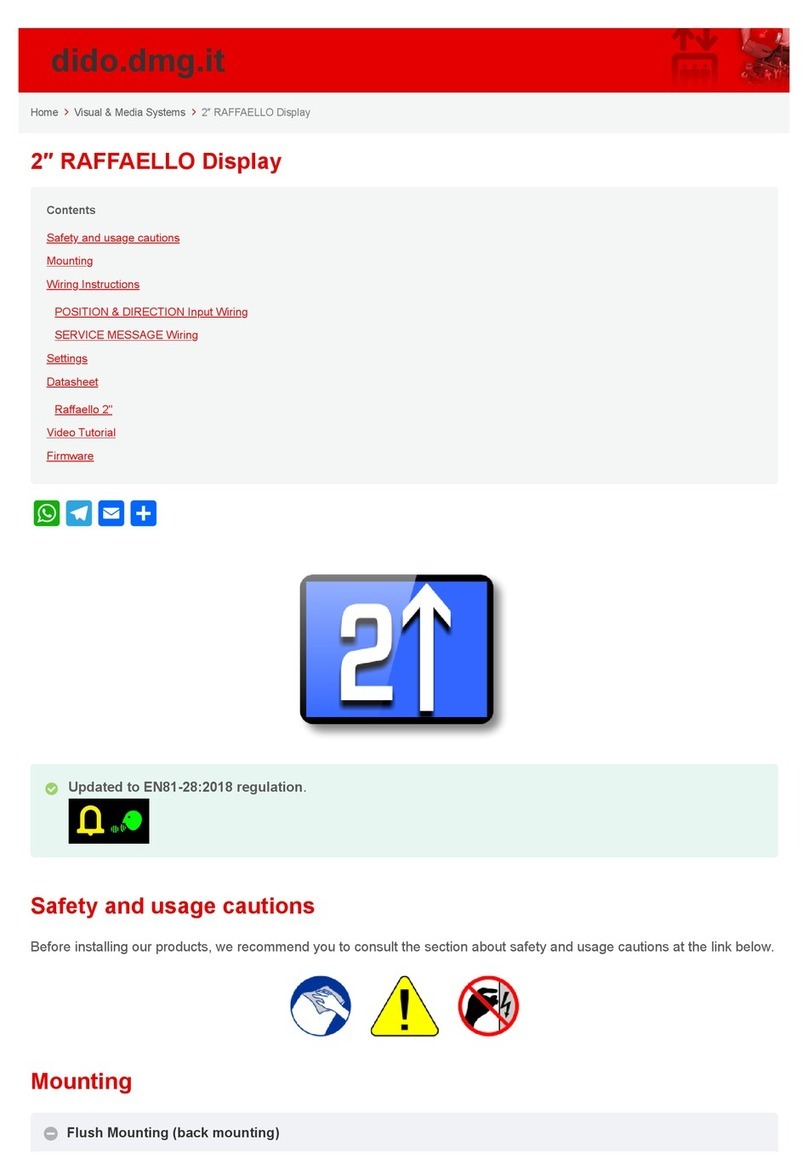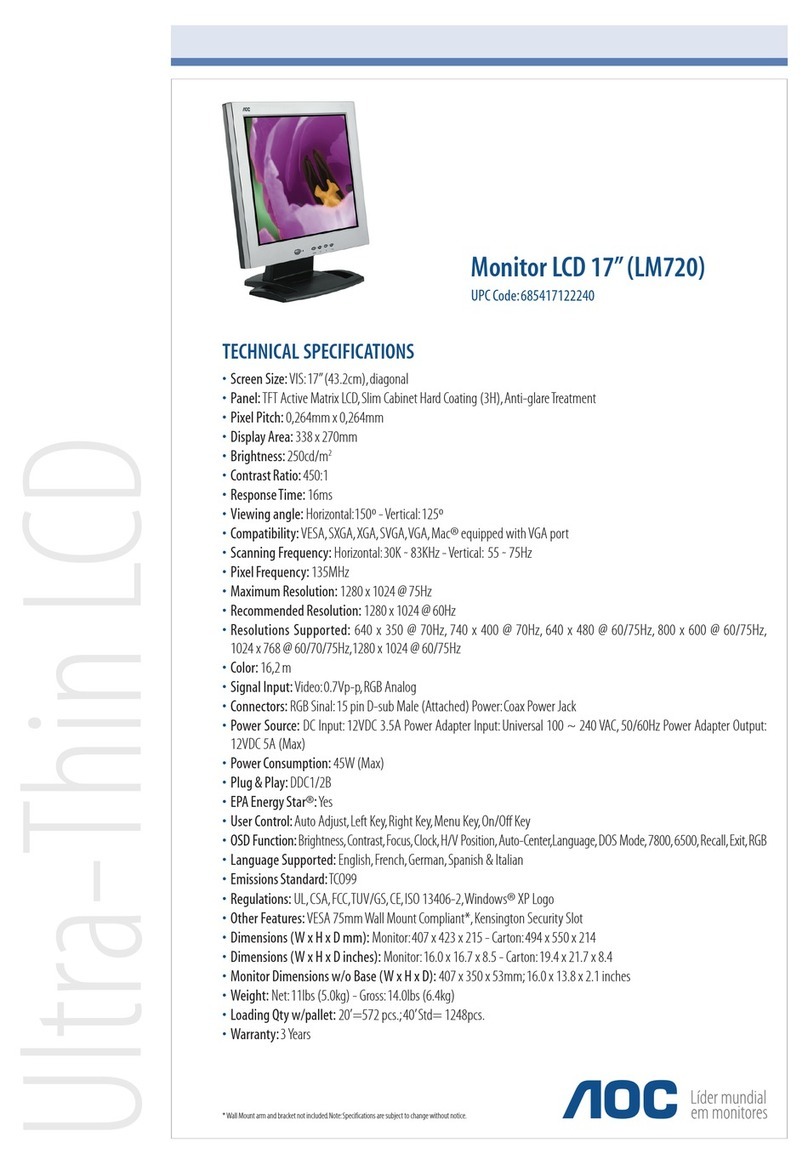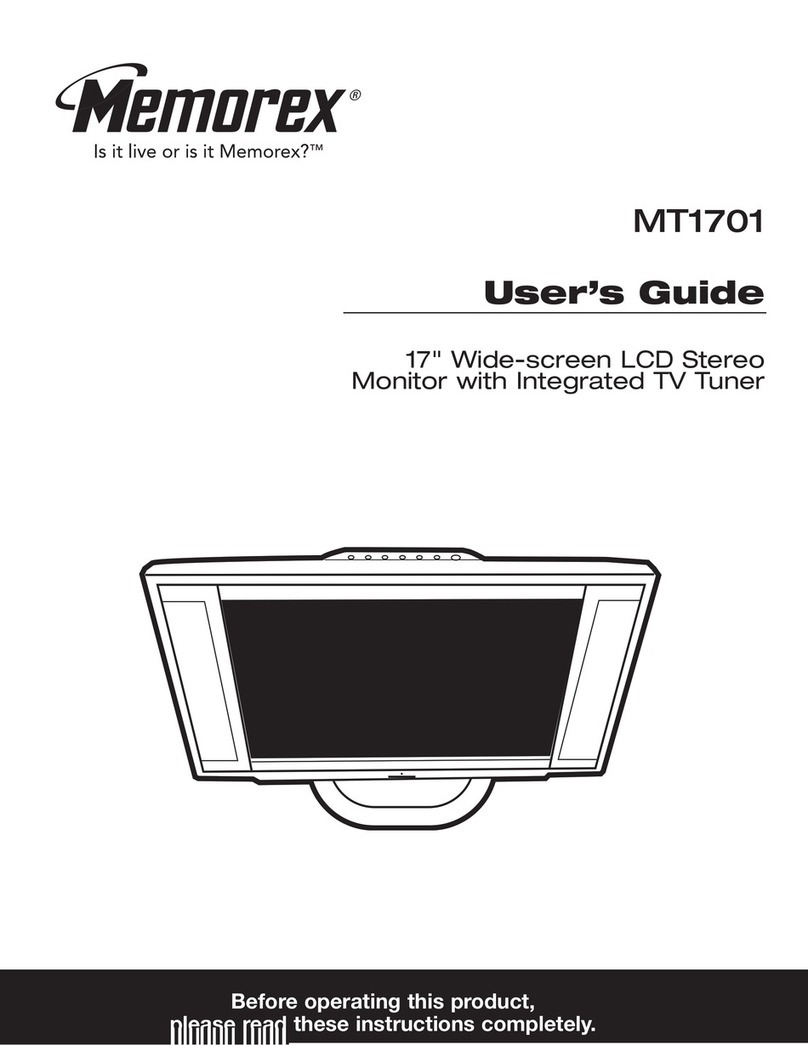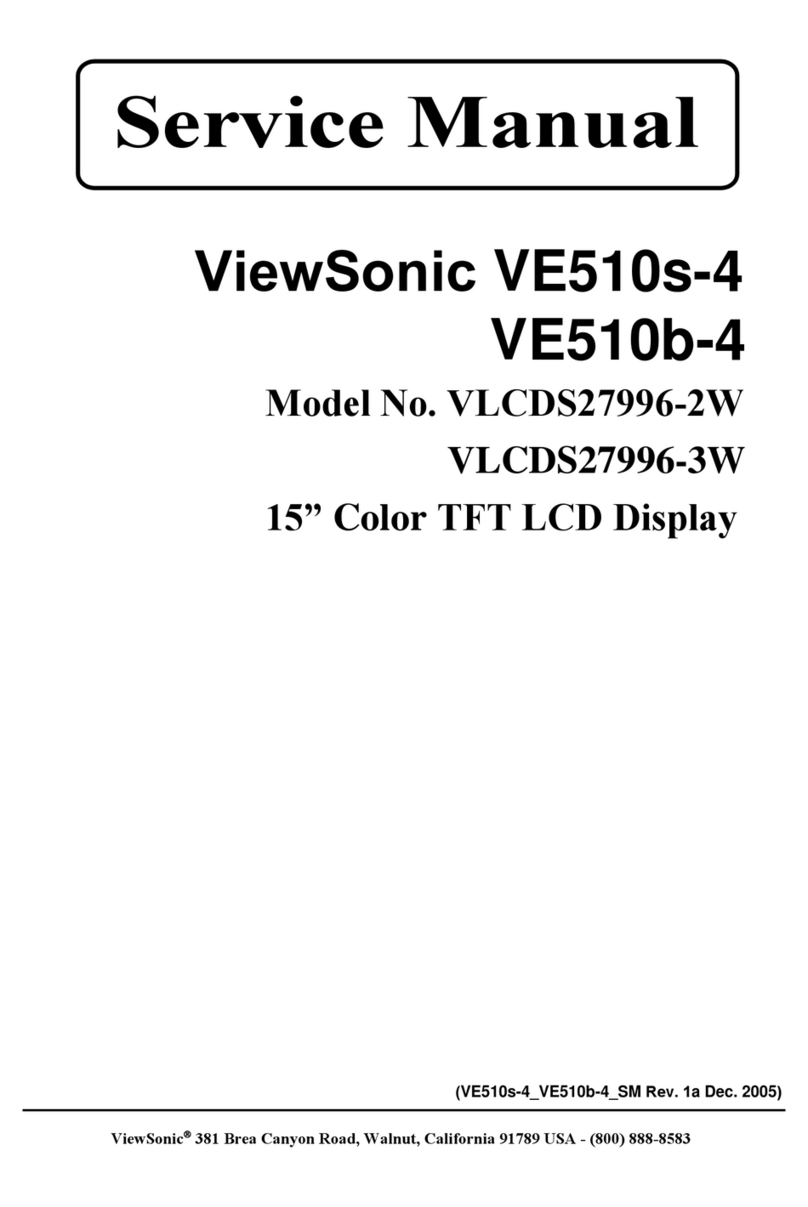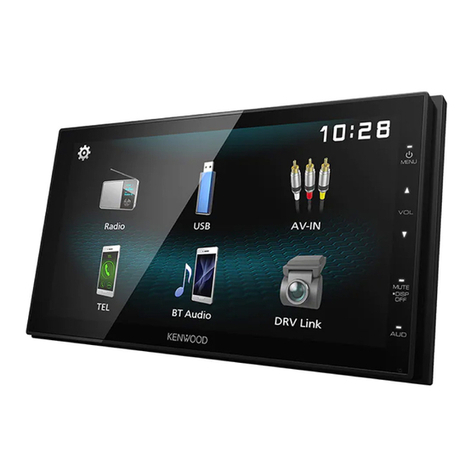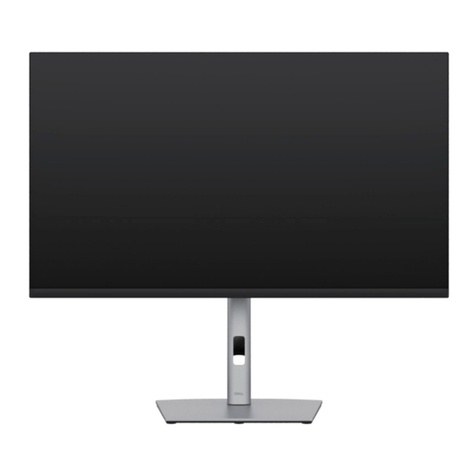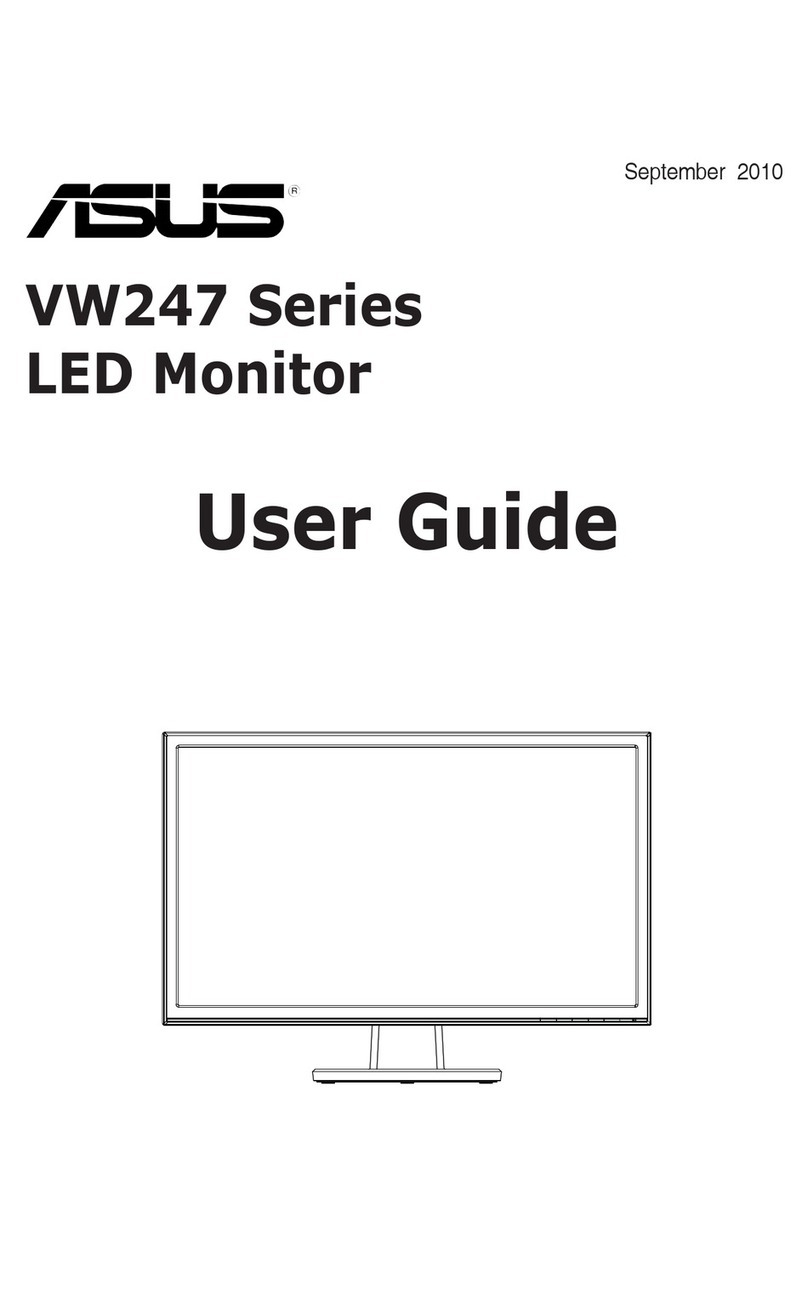
Features
HR (High Resolution) Trinitron picture tube
HR Trinitron tube provides ahigh resolution picture.
Horizontal resolution is more than 600 (PVM-1354Q/ 1954Q)
or 430 (PVM-1351Q) TV lines at the center of the picture.
Four color systems available
4he monitor can display PAL, SECAM, NTSC'os and
NTSCi r:* signals. The appropriate color system is selected
automatically.
*Asignal of NTSCTm is used for playing back NTSC
recorded yideo cassettes with ayideo tape recorder/
player especially designed for use with this system.
Blue only mode
In th ehj ue only mode, an apparent monochrome display is
obtained with all three cathodes dri\’en v\'ith ablue signal.
This facilitates color saturation and phase adjustments and
obserx’ation of VCR noise.
Analog RGB/component input connectors
Analog RGB or component (Y, R-Y and B-Y) signals from
\ideo equipment can be input through these connectors.
Y/C input connectors
The \ideo signal, split into the chrominance signal (C) and
the luminance signal (Y), can be input through this
connector, eliminating the interference between the tw(>
signals, which tends to occur in acomposite \ideo signal,
assuring video quality.
Beam current feedback circuit
The built-in beam current feedback circuit assures stable
white balance.
Comb filter
When NrSC video signals are receis'ed, acomb filter
actiwites to increase the resolution, resulting in fine picture
detail without color spill or color noise.
Automatic termination
(connector with VV mark only)
The input connector is terminated at 75 ohms inside when
no cable is connected to the loop-through output
connectors. When acable is connected to an output
connector, the 75-ohms termination is automaticalh released.
Underscan mode
The signal normally scanned outside of the screen can be
monitored in the underscan mode.
Note
When the monitor is in the underscan mode, the dark KGB
scanning lines may appear on the top ecige of the screen.
These are caused by an internal test signal, rather than the
input signal.
Horizontal/vertical delay mode
The horizontal and vertical sync signals can be checkeci
simultaneously in the H/V delay mode.
External sync input
When the EXT SYNC selector is in the on position, the
monitor can be operated on the sync signal supplied from
an external s\’nc generator.
Auto/manual degaussing
Degaussing of the screen can be performed automatically
when the power is turned on, or juanuallv b\' pressing the
DEGAUSS button.
On-screen menus
You can set color temperature, CHROM.V SE I' UP, and
other settings by using the on-screen menus.
Five menu languages
You can select the menu language from among the fix'e
languages on the menu.
EIA standard 19-inch rack mounting
By using an MB-502B (for PVN4-1354Q/ 1351Q) or SLR-103
(for PVM-1954Q) mounting bracket (not supplied), the
monitor can be iiKninted in an EIA standard 19-inch rack.
For details on mounting, see the instruction manual of the
mounting bracket kit.
SDI (Serial Digital Interface) kit
By using SDI kit, the monitoi' can displa\' SMPTE 259M 4:2:2
serial digital signal from adigital VTR. (e\. Sony 4:2:2 VTR)
SDI kit: 4:2:2 digital video board
Digital audit) board
1
English
